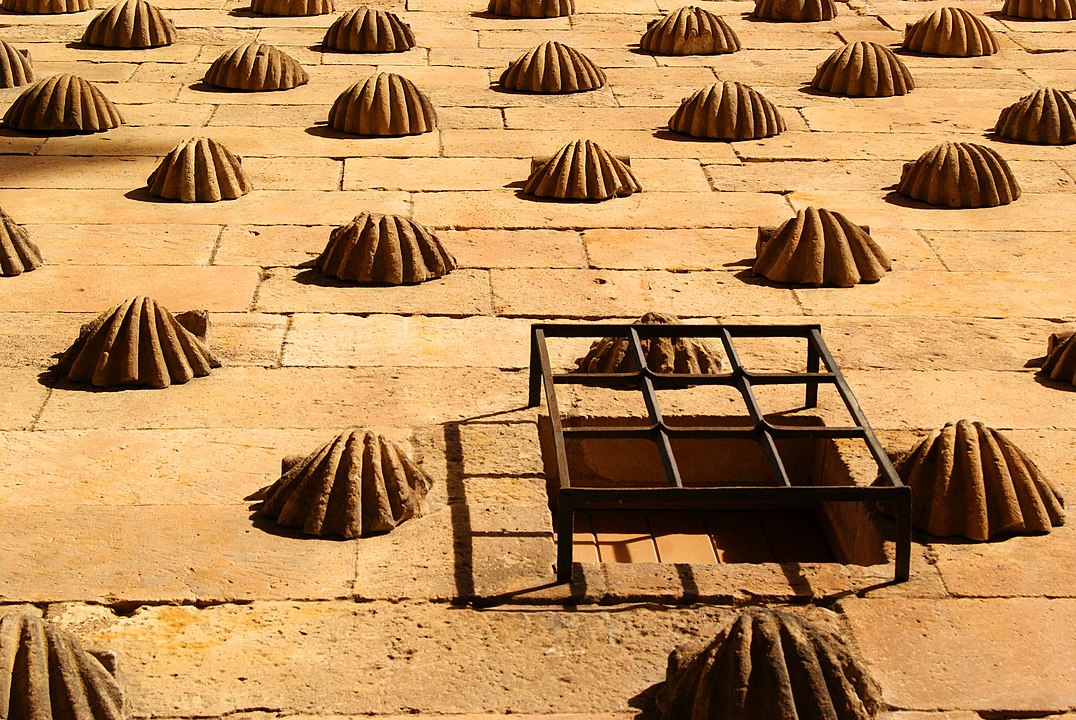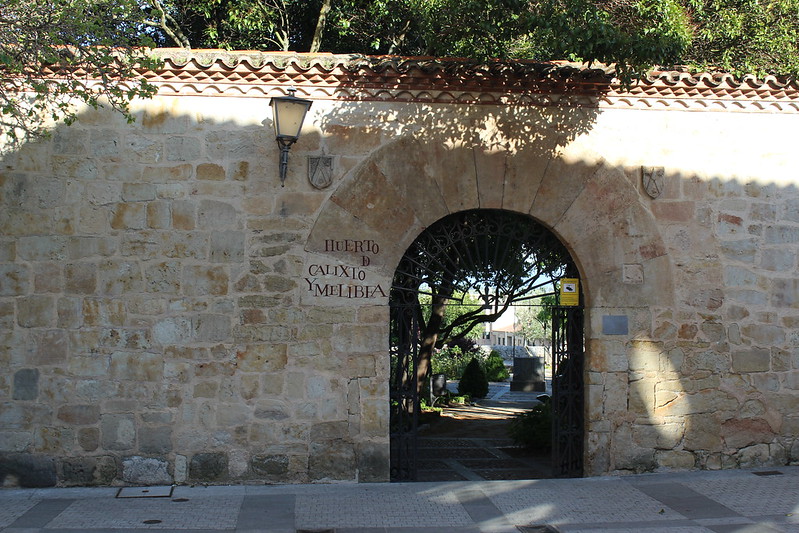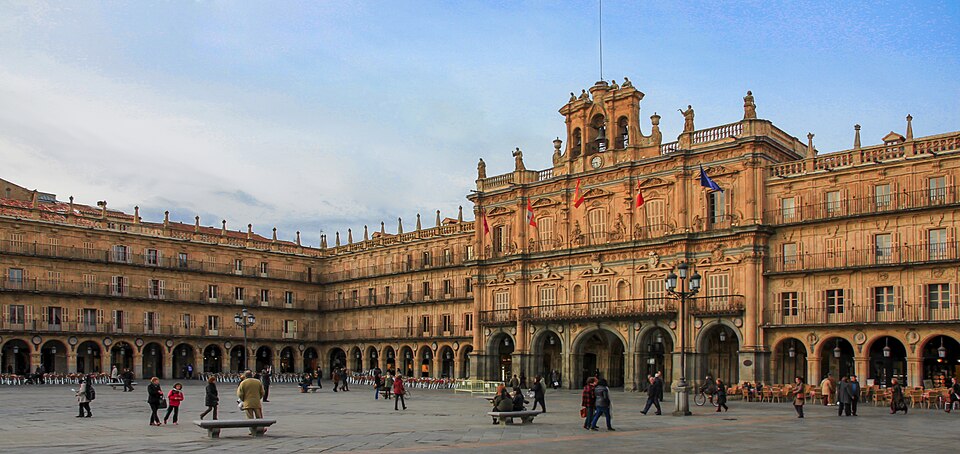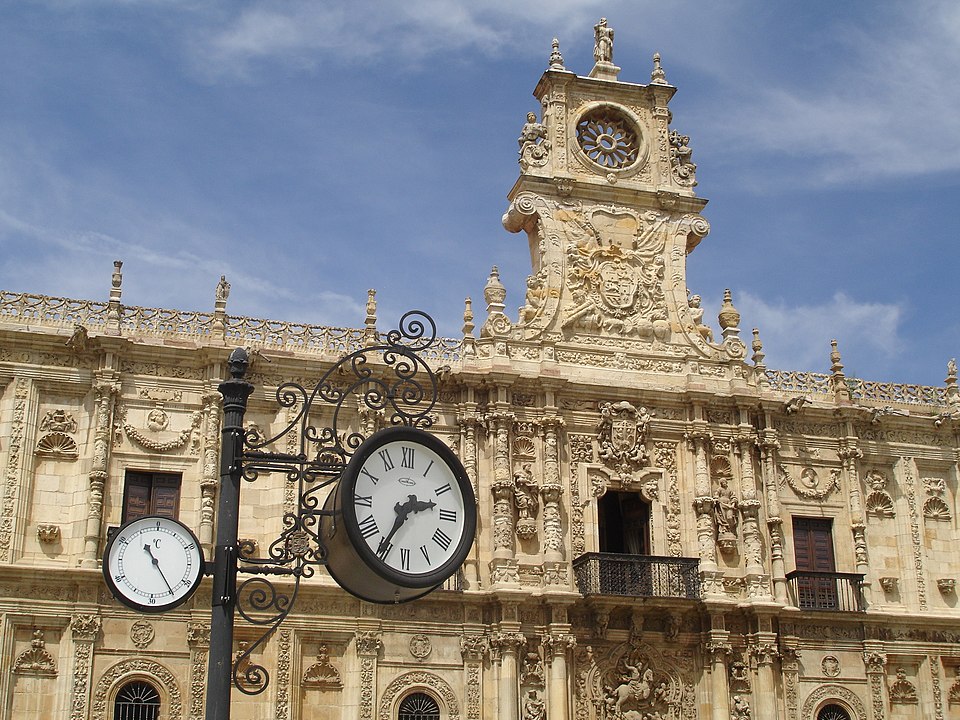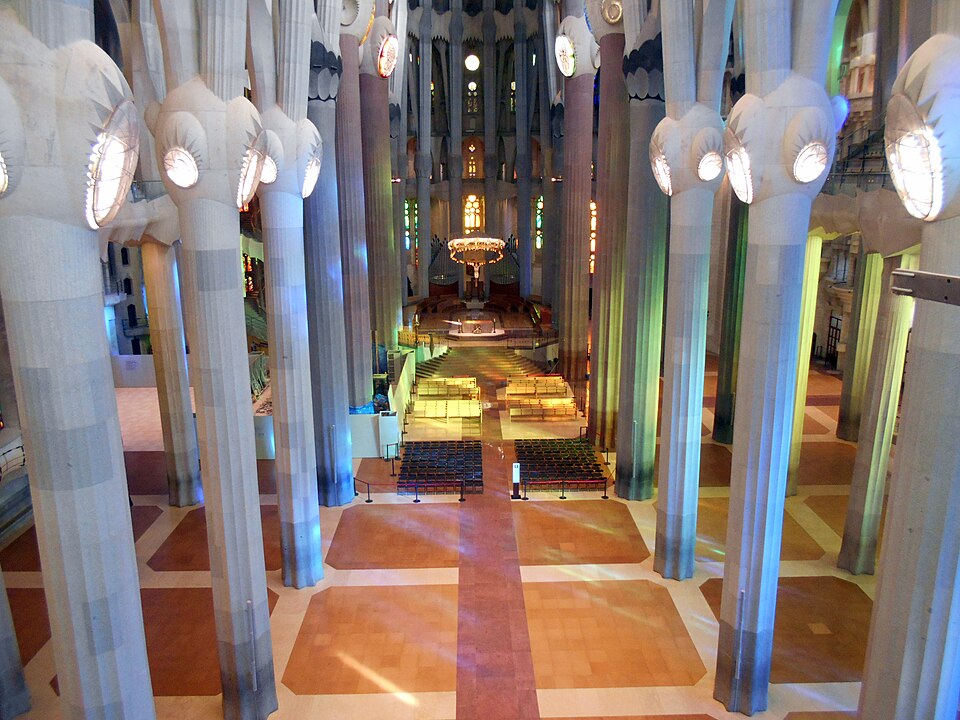University of Salamanca, Spain’s oldest teaching institution and one of Europe’s oldest
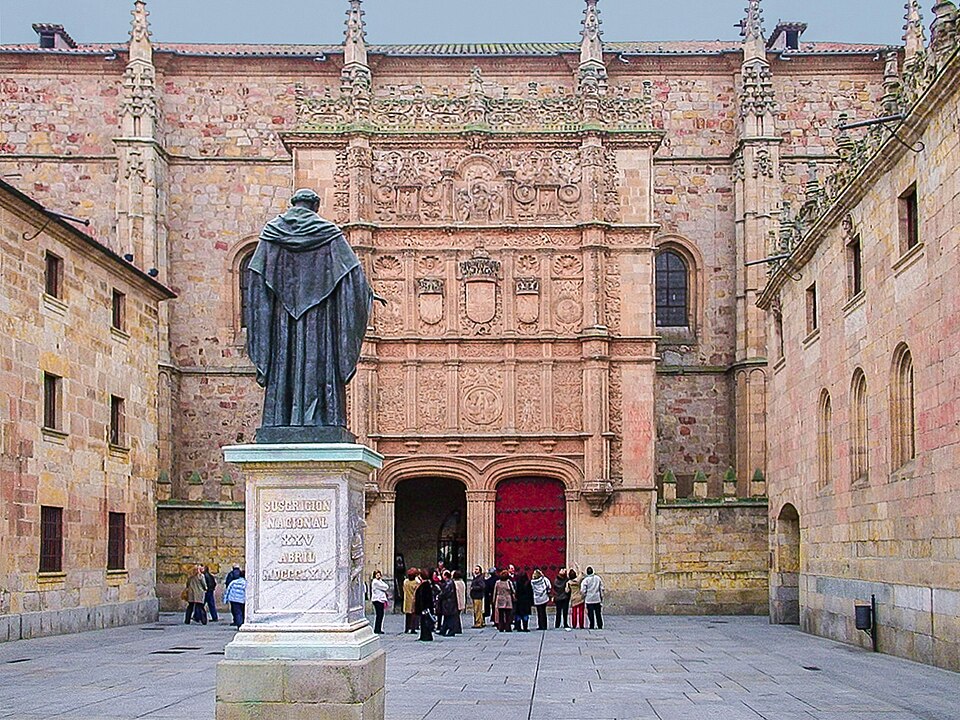
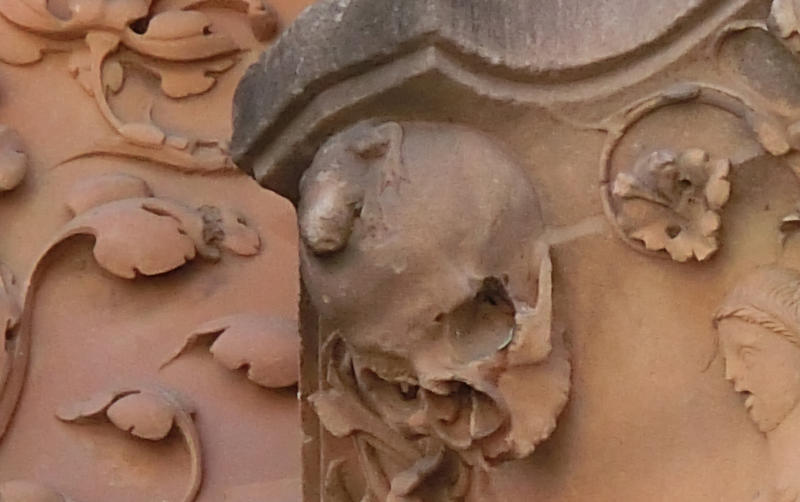
_07.jpg)
.jpg)
Actualizado el
The University of Salamanca is Spain’s oldest teaching institution and one of the oldest in Europe, founded in 1218 and raised to a center of medieval and Renaissance learning. Its Plateresque façade and arcaded courtyards still welcome thousands of students and visitors drawn by its history and architectural beauty.
Where is the University of Salamanca?
It is located in Salamanca’s historic center, just steps from the Plaza Mayor. The main building, known as the Escuela de Fonseca, and the Collegiate Halls stand on the Plaza de Anaya, surrounded by churches, palaces and medieval streets.
When and how was it founded?
King Alfonso IX of León issued the founding charter in 1218, granting privileges to masters and students. In 1254, Pope Innocent IV confirmed the institution by papal bull, consolidating studies in Arts, Law, Medicine and Theology. From the 13th to the 15th century it underwent expansions, artist commissions and donations that shaped today’s university complex.
Why is it so important?
- Academic pioneer: among the first in higher education, influencing the creation of other European universities.
- Plateresque façade: a masterpiece of the Spanish Renaissance, carved between 1513 and 1533 by Diego de Churriguera and other masters.
- Cultural legacy: meeting place of humanists, writers and scientists; home to the famous frog carving that has become a city symbol.
What can you see on a visit?
- Schools’ Courtyard, with its Renaissance arches and balconies.
- Plateresque façade, full of heraldic details, medallions and the hidden frog.
- Palace of Anaya, now used for academic events and exhibitions.
- San Ambrosio College, with its elegant portal and cloistered courtyard.
- Historical Library, housing manuscripts, incunabula and centuries-old volumes.
- Staircases and halls, where echoes of centuries of students can still be heard.
How is the visit organized?
Access to the courtyard and façade is free during the day. To enter the interior and the Historical Library, guided tours are offered by reservation at the Information Center or via the official website, with morning and afternoon slots.
Where to find schedules and fees?
See the Tourism section on the University of Salamanca’s website or visit the Salamanca Tourist Office in the Plaza Mayor for brochures, tour schedules and access conditions.
What else to see nearby?
- Plaza Mayor, the Baroque symbol and meeting point of the city.
- House of Shells, Gothic-Plateresque palace turned public library.
- Old and New Cathedrals, two adjacent gems of medieval and Renaissance art.
- Convent of San Esteban, a splendid example of Plateresque and Baroque architecture.
- Calixto and Melibea’s Orchard, a romantic garden by the Tormes River.
In short, the University of Salamanca is not just a centuries-old center of study, but a living monument where stone and words unite to tell the story of European scholarship.
How to get there
Patio de Escuelas, 1. Salamanca, Castilla y León, España.
Decimal: 40.961389°, -5.666667°
DMS: 40°57'41" N, 5°40'00" O
